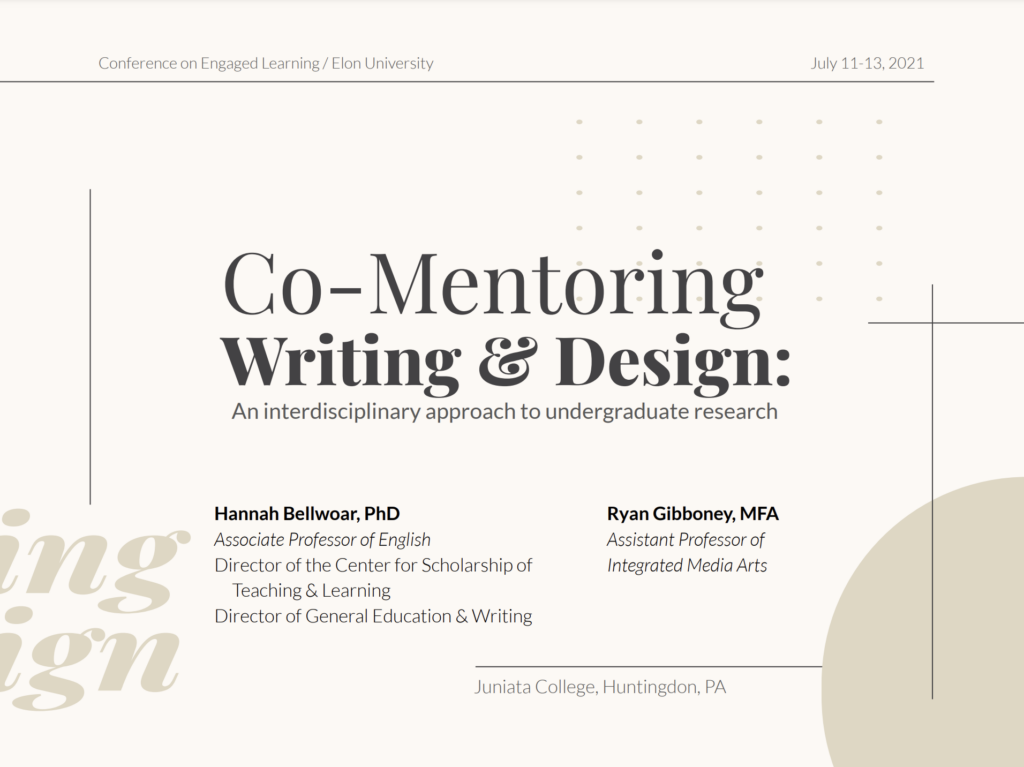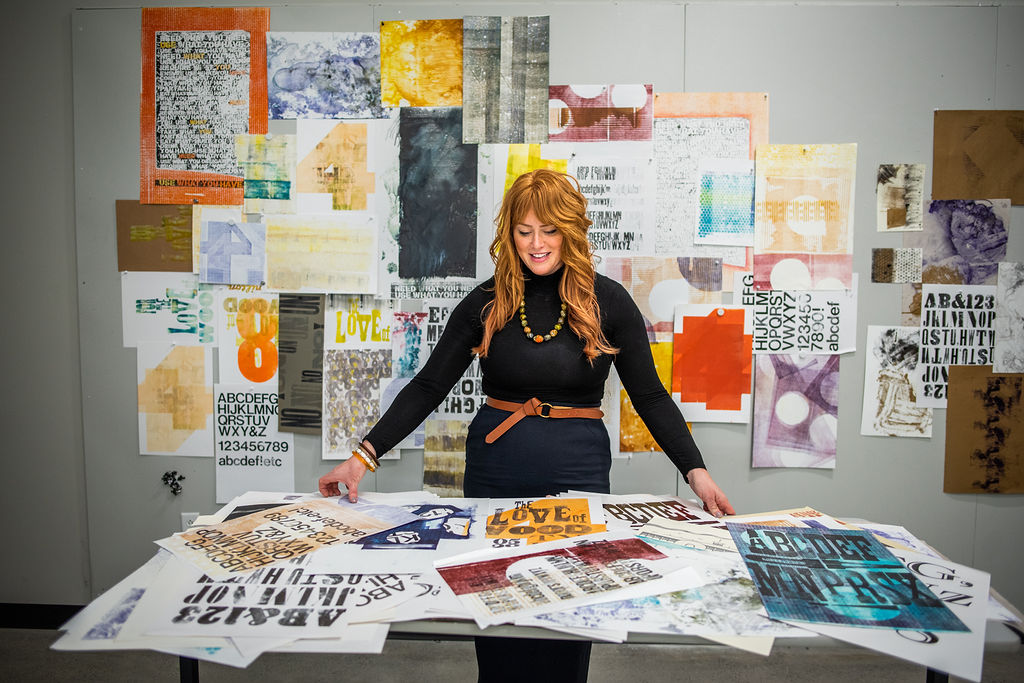
Community As Client:
Defining Social Design as a means of Designing for Good
My research concentration is in the culture of design and the ethical obligations of designers. Researching what motivates designers allows me to investigate what overall purposes drive designers to create. Questioning what initiates designers to work in the form of philanthropy, social design, or even design impacts on community, nation, and world. I am particularly interested in capturing designer talents in the early stages of their careers to make a bigger impact on the future of designed communications. Examining these design issues from an ethics perspective in the form of right from wrong, my goal is to help build the trade to be a more viable profession over time. One question that will remain unanswered is a consensus of who defines our obligations (what is right) and outlines unacceptable behavior (what is wrong)? Will this decision be based on ethics and if so how will it be evaluated?
Social responsibility has recently become important as it is now listed as a defined term in many books including Graphic Design Theory. With this emergent design movement, young designers can start their career confronting the negative reputation that has been set by our consumer culture thus allowing them to influence the future of design in a more equitable way. Starting at the forefront of design with design education and the ethical and social responsibilities taught in educational programs, I plan to analyze how socially responsible design can be integrated into design education, so that future designers can make a greater impact on society.
Armstrong, Helen. Graphic Design Theory, Readings From The Field. New York: Princeton Architectural Press, 2009. Print.
Click here to review the full thesis document: Community as Client: Defining social design as a means of designing for good

